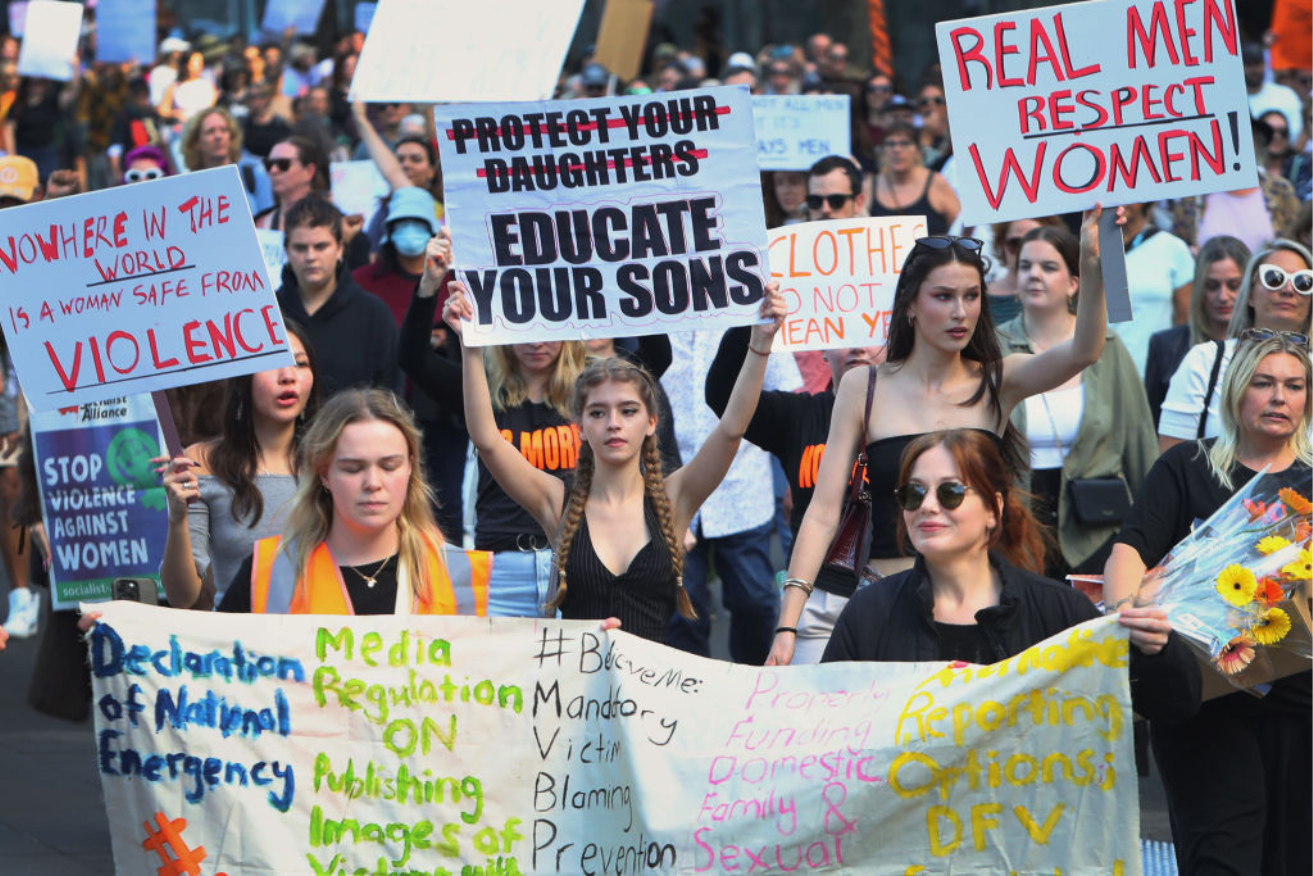Paradigm shift needed to end the scourge of domestic violence


Men must do better and society must shift its focus, writes Andrew MacLeod.
If we want to accelerate the protection of women, more use should be put to the phrase ‘violence by men’ in place of ‘violence against women’.
Men’s behaviour needs to change, not women’s. So, men need to be engaged more, particularly misogynistic men who are at greater risk of being perpetrators. This is not a feminist issue. This is a problem of men.
By using the language of the perpetrators, we engage the people whose behaviour needs to change. On the other hand, insisting on the language of feminism the very people whose behaviour needs to change will not even listen to the message.
When I founded child protection charity Hear Their Cries I did so because I saw the abuse that men perpetrate against women. Hear Their Cries focusses on children born of abuse and seeks to gain for those children the rights from the fathers who abandon them.
It is the growing awareness of violence and abuse that is behind the need to change the phraseology of public debate to focus on the perpetrator males – whose behaviour must change – not the victim females who should not have to change theirs.
Men, we have a problem, and WE must fix it, not women.
When you think about the victim-centric phraseology ‘violence against women’, the sad truth is many men disengage from an issue that is being framed as a ‘feminist issue’. And it is the more misogynistic men, whose behaviour must change, who disengage first.
Framing the debate as ‘violence by men’, we keep men engaged in the debate – particularly when men are victims as well as perpetrators.
So let’s look again at the facts.
The majority of violent crime is perpetrated by men. The majority of victims of violent crime are men. Men are the victims in about two-thirds (67.3 per cent) of Australia’s murders. If the problem were put in gender terms, violence is a male problem, and men should face the responsibility.
So why do we frame the debate in feminist terms that risk disengaging the exact demographic whose behaviour must change?
Fear felt by women is not just based on statistics, it is based on narratives and reporting. I have had younger female friends cry in fear and tell me that they are scared about the violence and death they see in the media. They are scared to go out. Is this misplaced?
Murder rate nearly halved
Crimes rates have decreased over the years, but ‘fear’ of crime has gone up. Since 1989 the murder rate in Australia has nearly halved from 1.8 per 100,000 to 1 per 100,000.
Are we doing justice to our citizens if we scare people more than we should? Is this how we want people to live? In fear?
Fear of crime sees some women staying at home yet men go out. Statistics would say this is exactly the wrong approach.
Recent data from the Australian institute of Criminology show that only 3 per cent of women die at the hands of strangers. However, men are six times more likely to die from ‘stranger danger’ at 19 per cent.
The danger to men is on the streets. Bizarrely, if we looked at just the statistics for murders, we should be telling our sons to stay home to be safe.
Women, on the other hand, are the majority of domestic violence victims – making up 79 per cent of ‘intimate partner’ victims. Which begs the question: Are women unsafe on the streets, or unsafe at home?
This we have seen yet again with the tragic death of Molly Ticehurst.
Perhaps it is time to have male curfews on Friday and Saturday nights and allow women out to enjoy themselves, and allow men to reflect on how we must change?
But this, of course, ignores the fact that murder is not the only violence that women are legitimately concerned about. Women are far more likely to be victims of sexual and gender-based violence that is short of murder.
On the surface, sexual-based crime reports are going up. Digging into the data we see the majority of the increase shockingly relates to girls under 15, again at home.
But a better story comes from analysing the data to see that there is an increase in reporting rates, not necessarily underlying crime, indicating more support given to victims than previously. This is a positive trend that must continue.
We must fight crime, but we must challenge the ‘fear of crime’ as well.
If Australians are going to resist unnecessary restrictions on the freedom for women in our country, we need to recognise that while we are not perfect, we are safe. We don’t have the problems of India, we have lower homicide rates than the United Kingdom, and don’t start me on the differences we have with our American cousins.
When we look for more Australian solutions it is neither time to be complacent nor is it time to be self-flagellating. If we say ‘the whole system is bad’ then we may destroy those things in our culture, society and law that work.
We must recognise, despite the recent murders, Australia, on any global measure, remains one of the safest countries in the world, for women and men. But we can, and must, do better.
One way to do better is to focus on the perpetrators who must change. It is time we spoke more of ‘violence by men’ not just ‘violence against women’.
Andrew MacLeod is a visiting professor to Kings College London, Chairman of Griffin Law, a non-executive director to Australian and US companies, and a former high-level UN official








